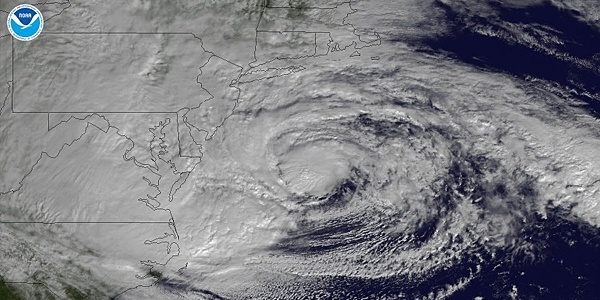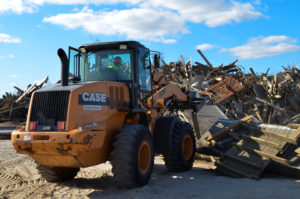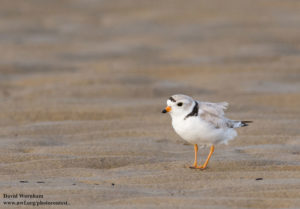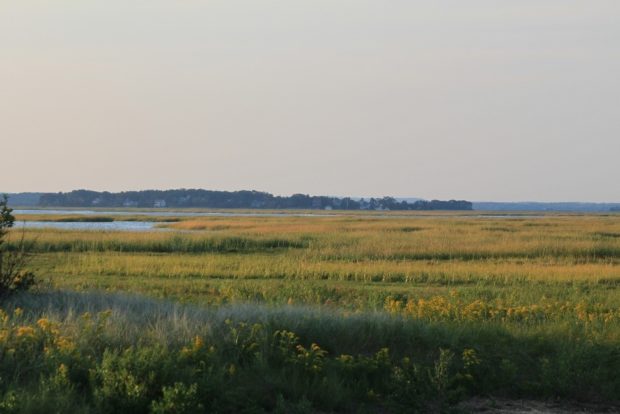We have much more to do and your continued support is needed now more than ever.
Remembering Hurricane Sandy and Looking to the Future

Fueled by warmer ocean temperatures caused by climate change, Hurricane Sandy destroyed over 650,000 houses and caused $50 billion in damages. By the time the storm veered inland and finally dissipated, over 200 people had lost their lives – making it the second deadliest hurricane to hit the United States.
Rebuilding a Coastline

Thanks to some very forward thinking by the US Government, additional funds were allocated to projects that would both improve today’s coastline and make it more resilient to the next super storm.
As part of the Hurricane Sandy Resiliency Grant Program, the Government awarded over $100 million to projects that will “reduce communities’ vulnerability to the growing risks from coastal storms, sea level rise, flooding, erosion and associated threats through strengthening natural ecosystems that also benefit fish and wildlife.”
Increasing Resiliency for Communities and Wildlife

NWF’s Northeast Regional Office is partnering with a large coalition of federal, state and private entities to protect coastal communities, increase coastal resiliency, and restore critical native habitats that are home to a wide variety of rare and threatened wildlife such as endangered shortnose sturgeon and federally-threatened piping plovers.
NWF and its partners chose to work in this geography because of its strategic importance. The Great Marsh encompasses 20,000 acres of pristine marsh habitat, barrier beaches, and tidal estuaries. It is New England’s largest salt marsh and is also a designated a Long Term Ecological Research Network site, an Important Bird Area of Global Significance and a State Area of Critical Environmental Concern.
Its unparalleled ecological importance is only matched by its importance to human communities. Six coastal communities rely on the Great Marsh to buffer storm damages, reduce coastal erosion, and dampen storm surge. The marsh also supports the livelihood of many fisherman and clammers who rely on this coastal ecosystem to provide for their families.

Looking Forward
NWF and its partners are working diligently to restore the Great Marsh as the first line of defense in protecting local communities, habitats, and wildlife from coastal storms and sea level rise.
With an eye on the future, our team is looking to reduce the impacts of future storms before they arrive – protecting humans, habitats and wildlife from the next Superstorm Sandy.
![]() Help NWF and the broad coalition of conservation partners protect the Great Marsh so that it remains a natural treasure for years to come!
Help NWF and the broad coalition of conservation partners protect the Great Marsh so that it remains a natural treasure for years to come!





















